Bargello patchwork originated with Florentine embroidery designs but is used by patchworkers today to create excitingly modern quilt patterns. Patchworkers are highly inventive people and see the potential for new ways piece their fabrics all around them, so it’s no surprise that Bargello embroidery has been used as inspiration for fabulous quilting designs for years. In this masterclass for how to make a bargello quilt, we'll talk you through how to master the art of sewing squares of fabric together to create waves of variegated colour for eye-catching results.
This essential guide to how to sew Bargello quilts by Linda Clements was first featured in Today's Quilter magazine. For more quilting tutorials to boost your skill check out our next-step guides to How to appliqué, How to make Cathedral window quilt blocks and How to sew set in seams.
What is a Bargello quilt?
Bargello is a technique normally associated with 17th-century Florentine needlepoint embroidery, where flame-like, wavy patterns were created with stitches on canvas. Patchworkers have interpreted these designs using ‘strip sets’ of squares and rectangles arranged in rising and falling patterns to create colourful designs full of movement. Careful colour grading is often a feature of the work.
The piecing of multiple squares and rectangles requires fairly accurate seam alignments for the best results. Strip piecing is one technique used to achieve this, but sewing individual patches together is also a common method. Some complicated and visually stunning designs can be created using Bargello patchwork, and we will be looking at some techniques in this article. Although Bargello is visually striking on its own, it can also be embellished and some suggestions are given here for taking the work in more decorative directions.
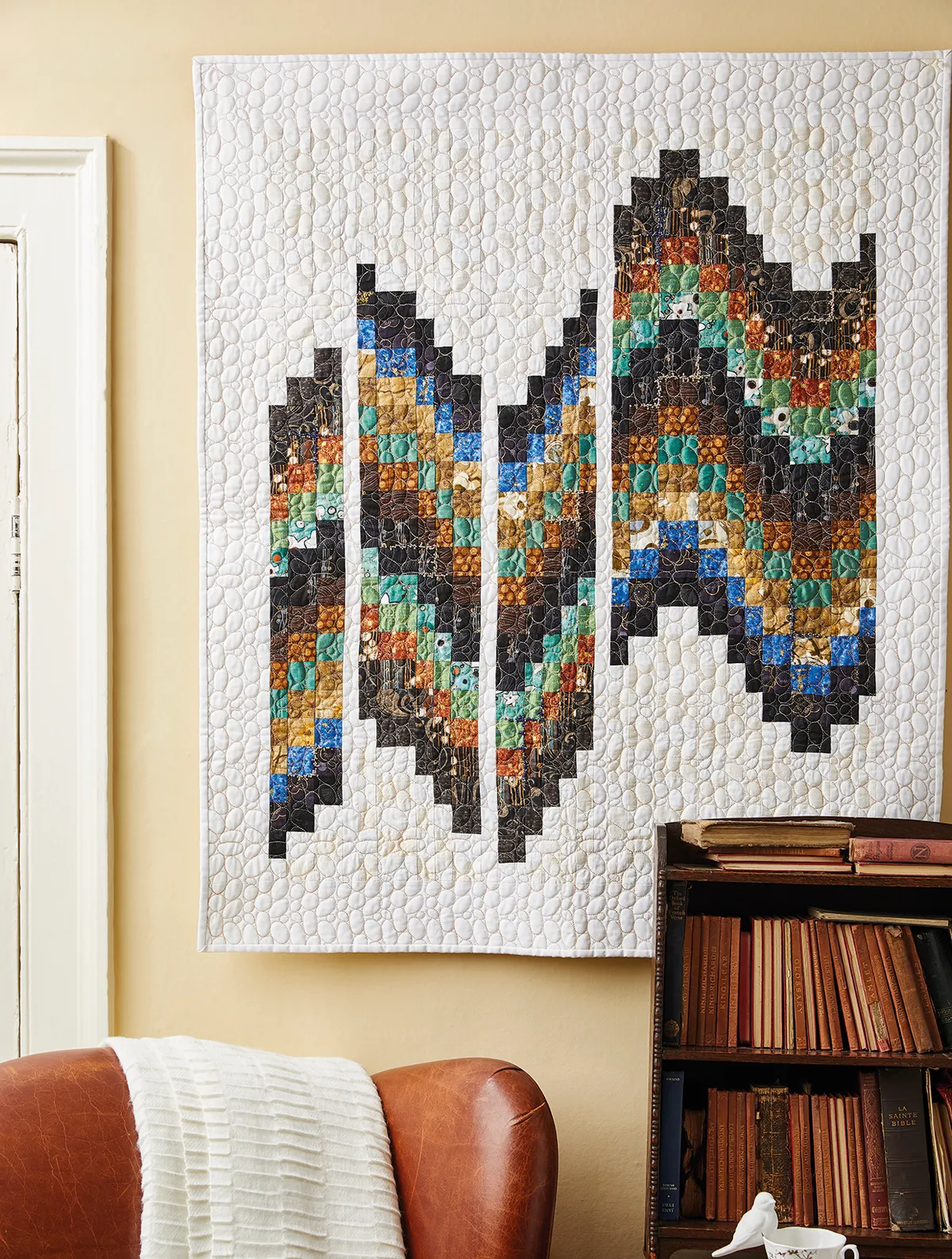
How to make a Bargello quilt
Fabric and Colour Choices
Fabrics
The fabrics used for Bargello can be anything you like − prints and solids, matte and silky, smooth and textured. Bargello is also a great technique for using up spare fabrics. Batiks are a good choice as they usually have many variations of pattern and colour in each piece of fabric. Selecting fabrics for Bargello is fun, but may take time to achieve a pleasing balance.
Colours
It’s helpful to decide on your overall colour scheme to begin with. You could look at your stash to see what colour you have most of and then select a dozen or so fabrics in this colour range. You will also need to decide whether you are aiming for a graded colour scheme, arranging the fabrics from pale through to dark. It’s also good to throw in the odd surprise for contrast. Once you have learnt the technique, you can become more adventurous with your choices and introduce more than one range of colours.

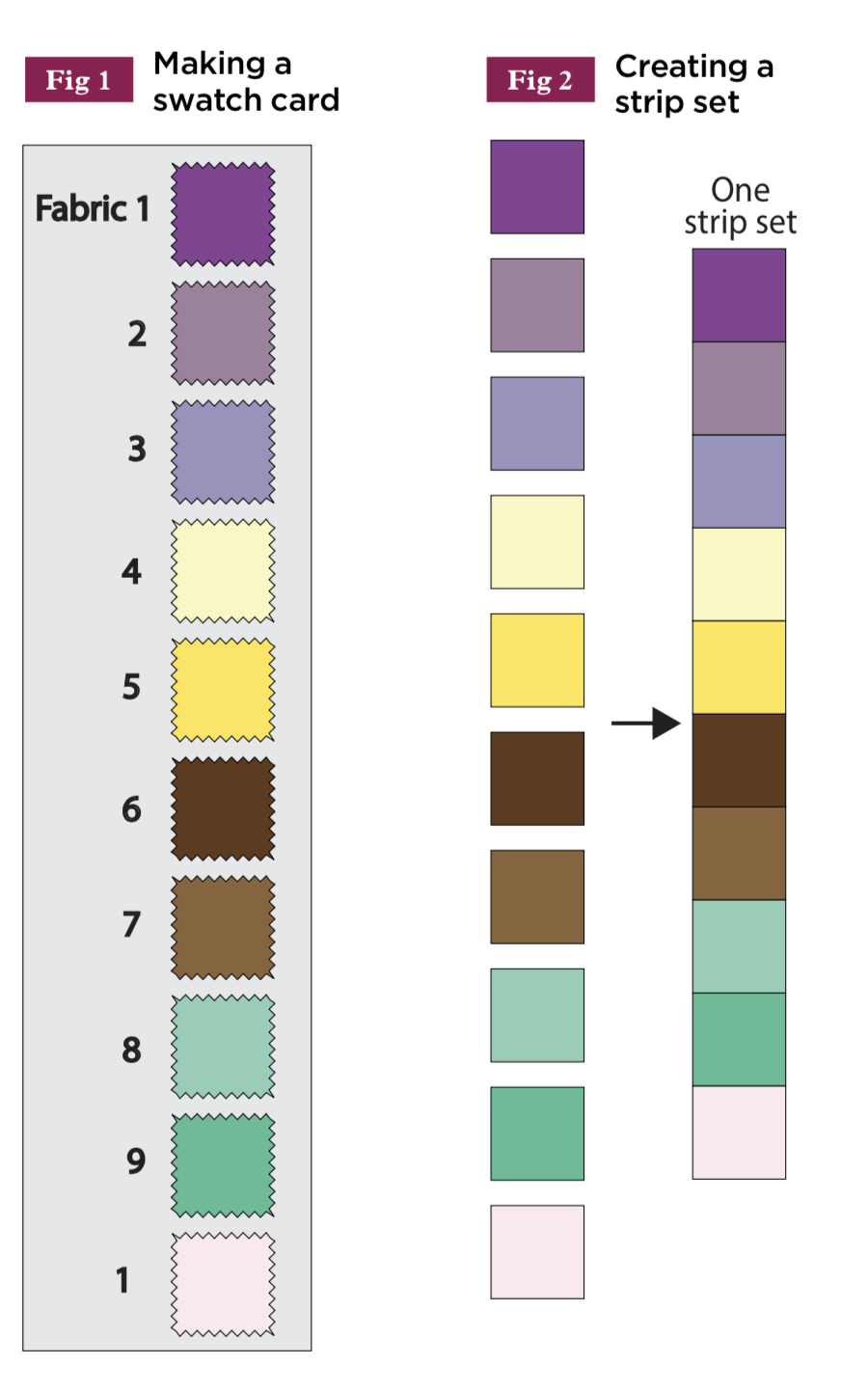
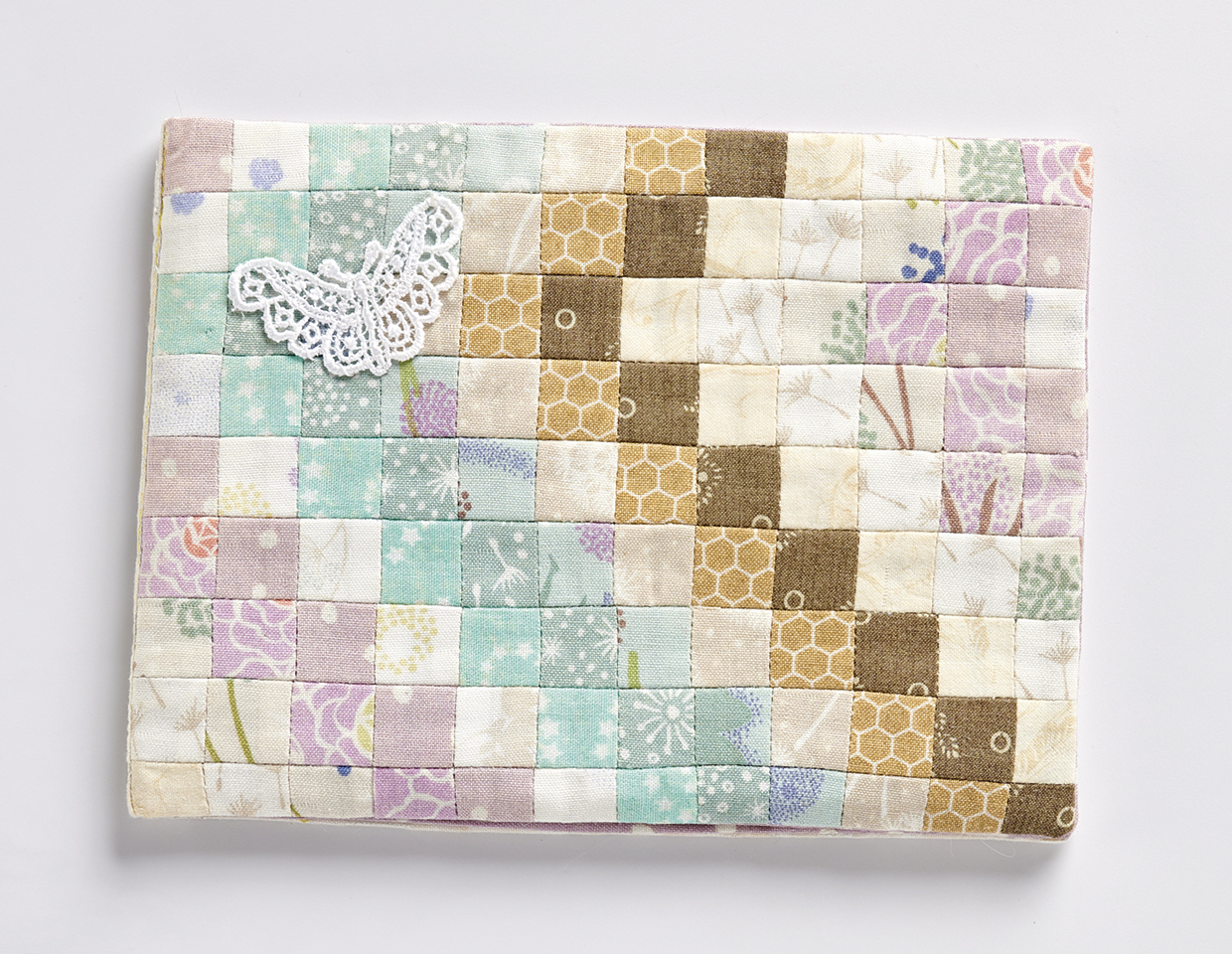
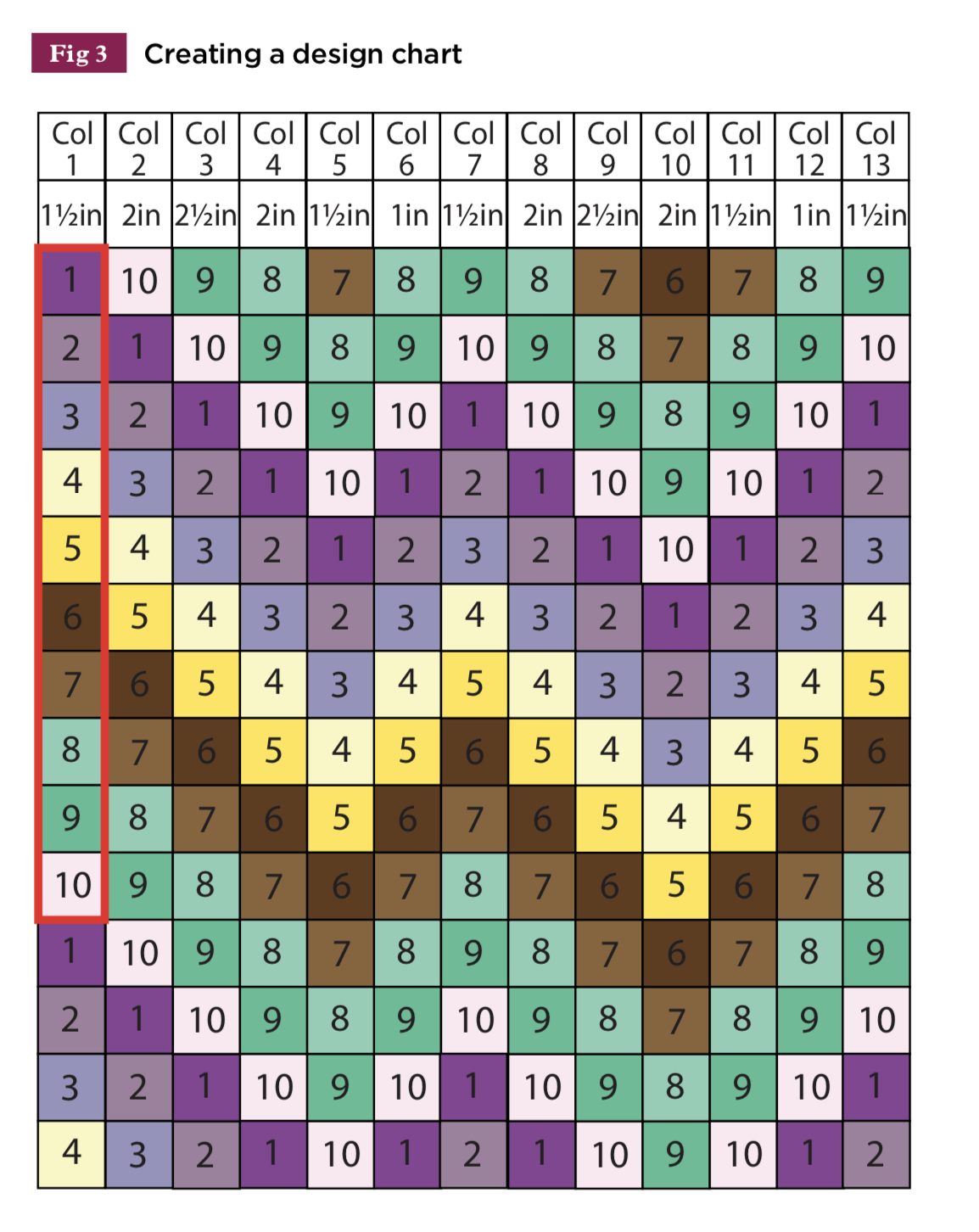
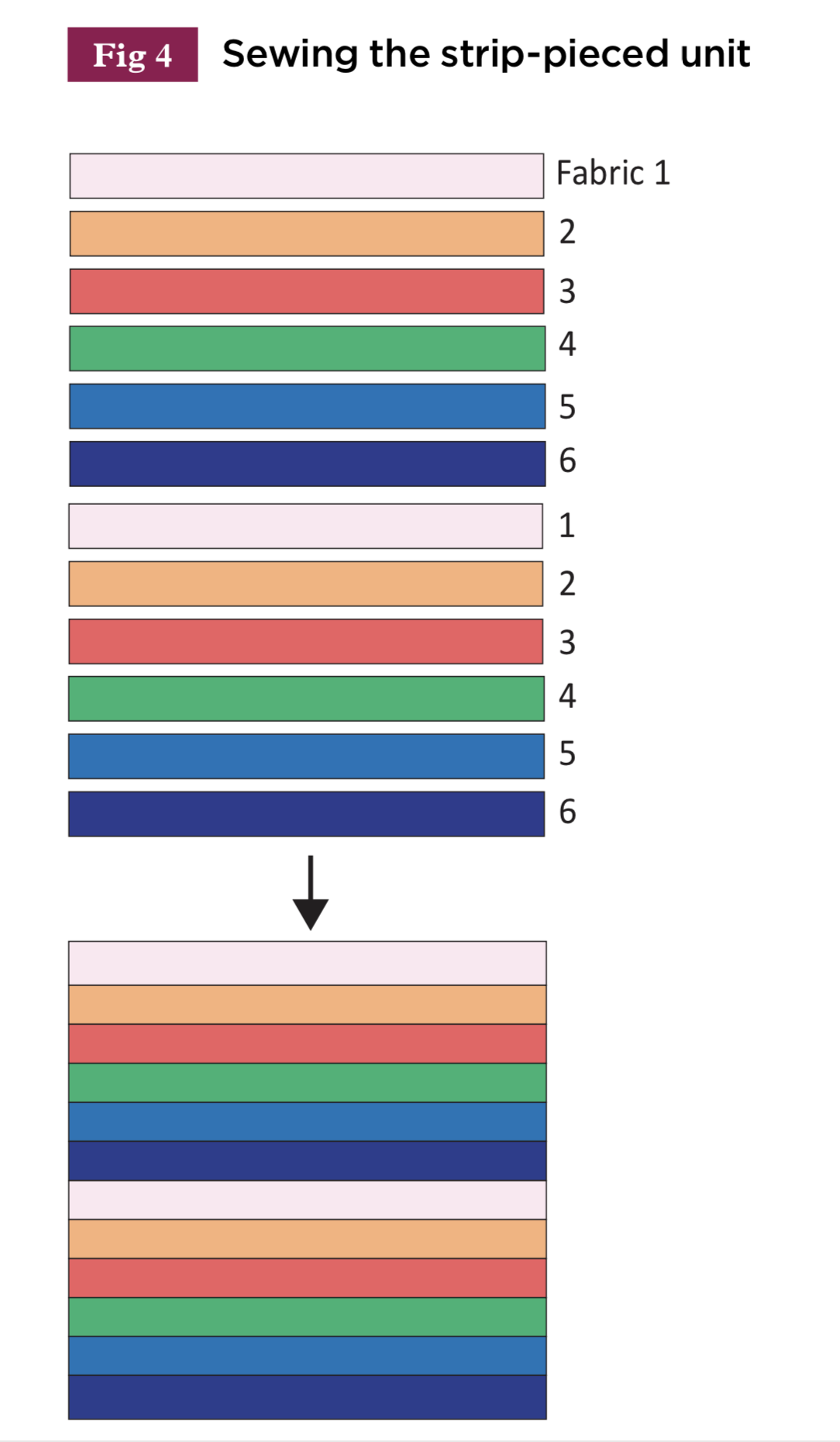

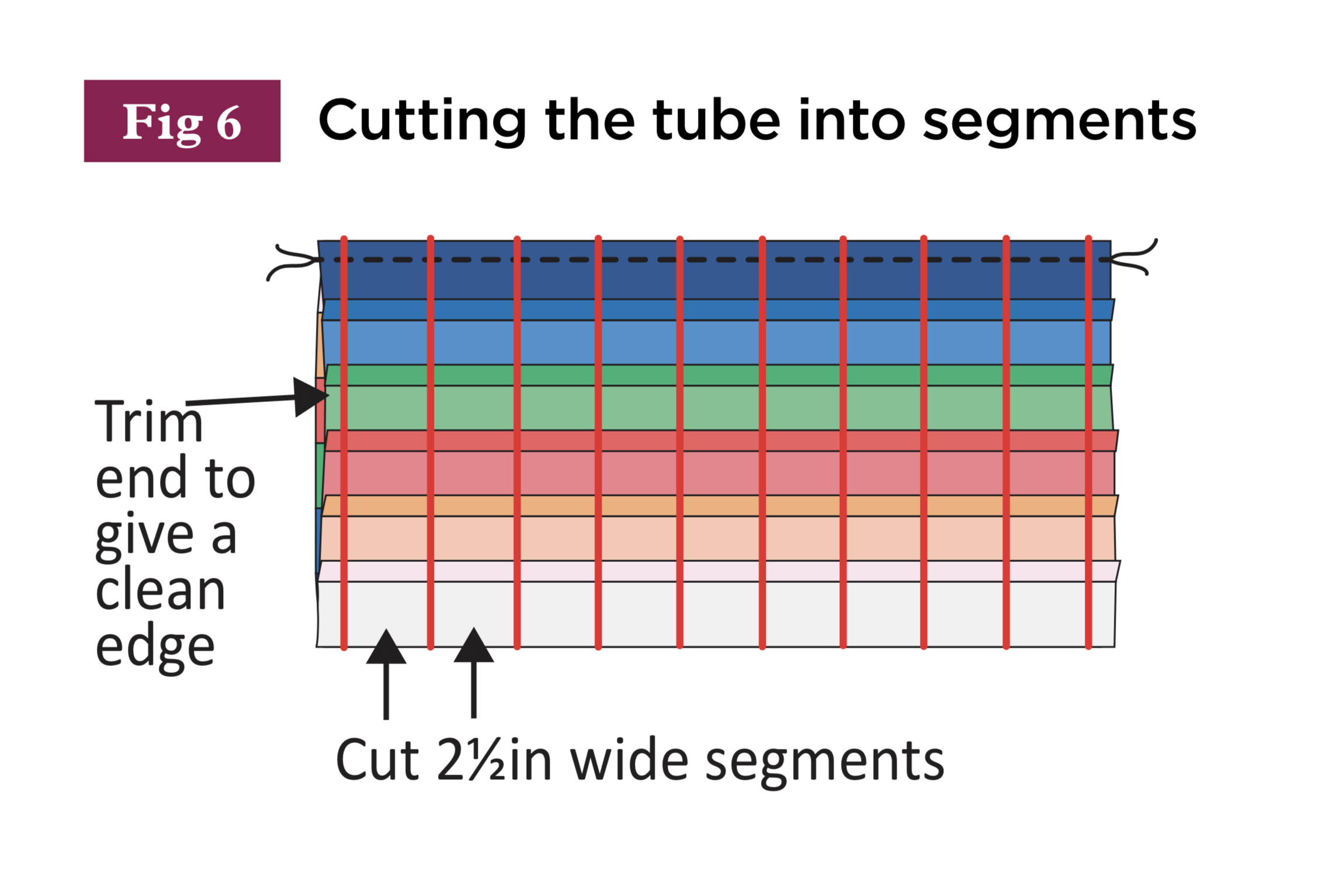
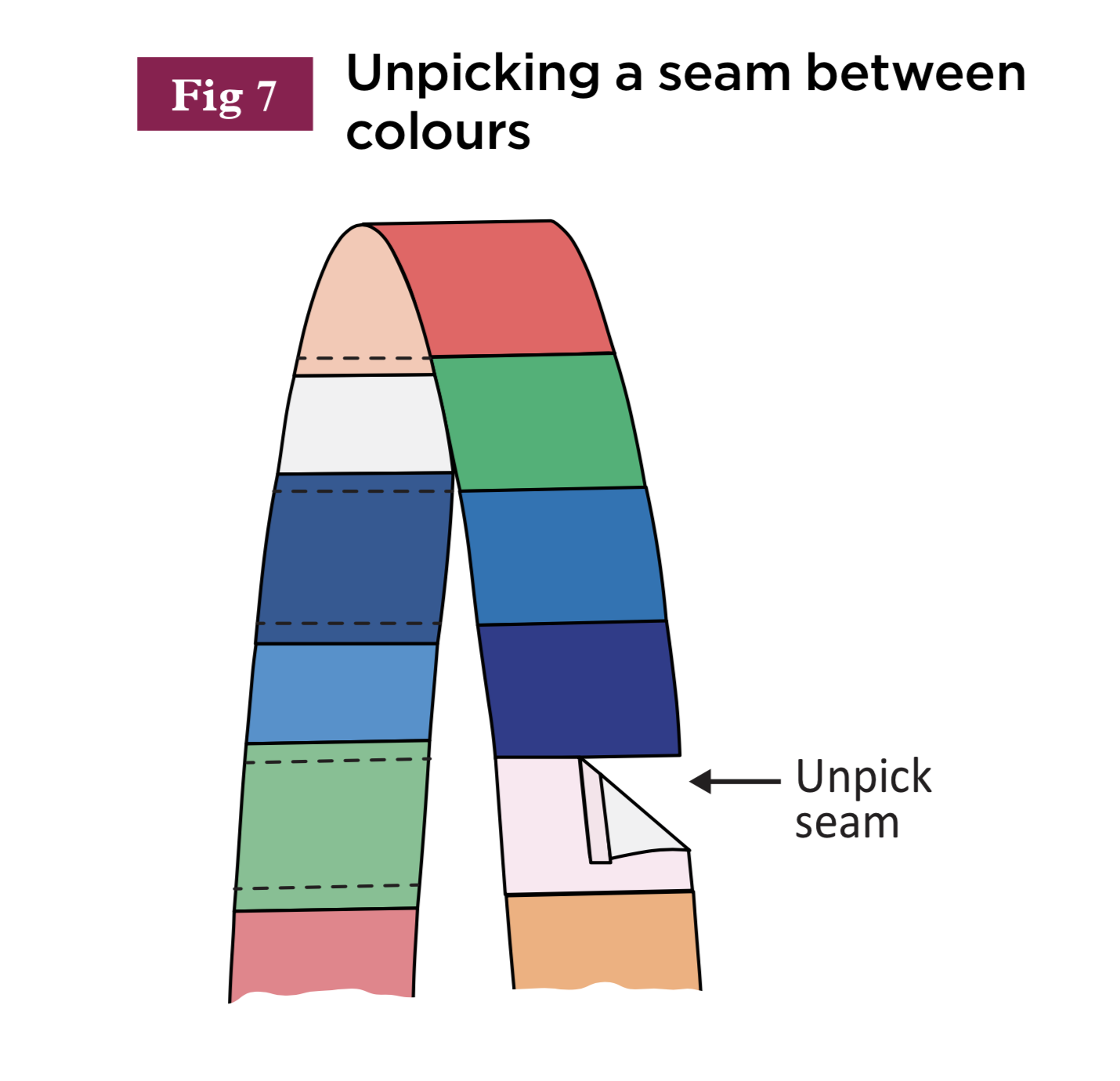



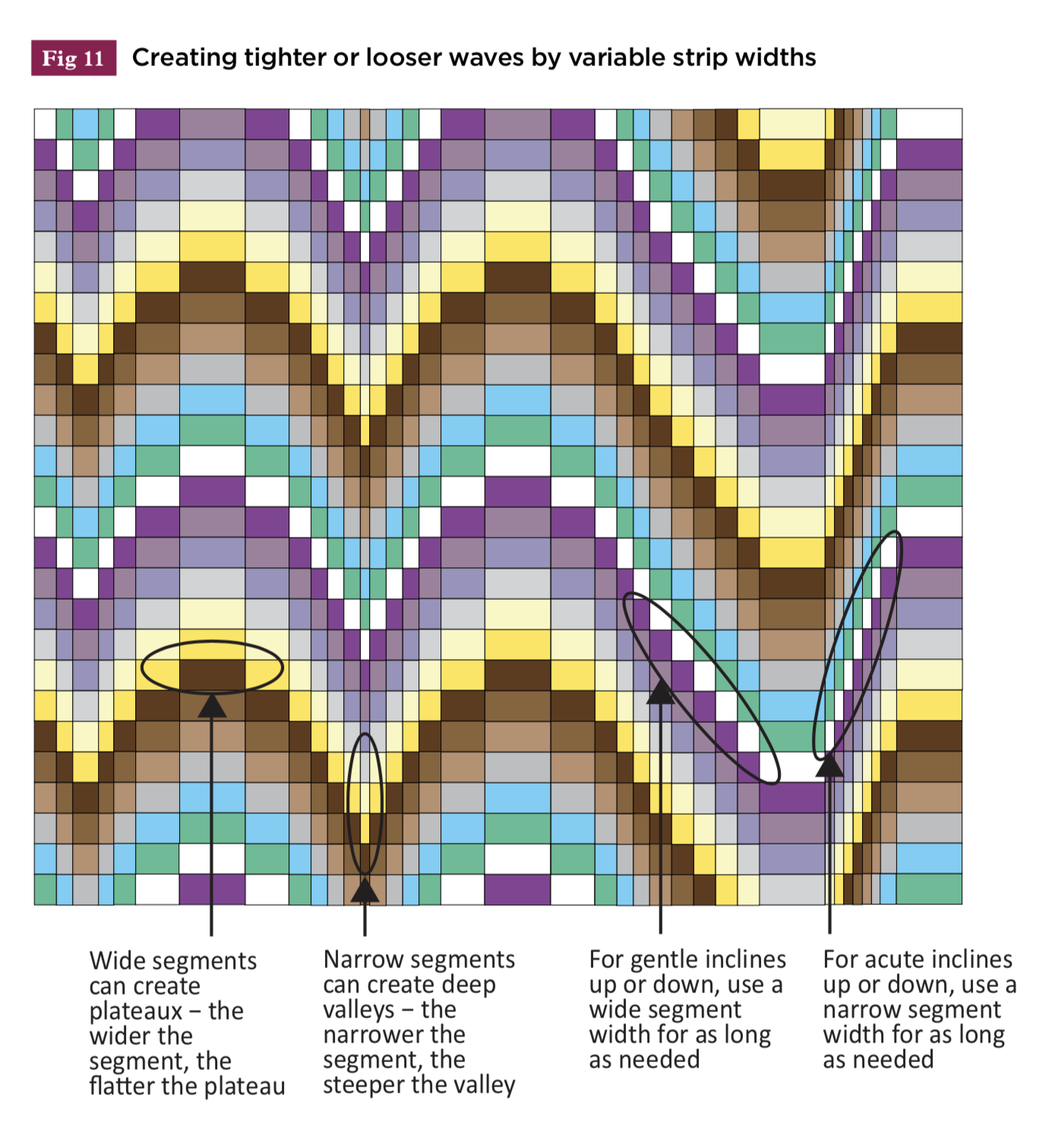
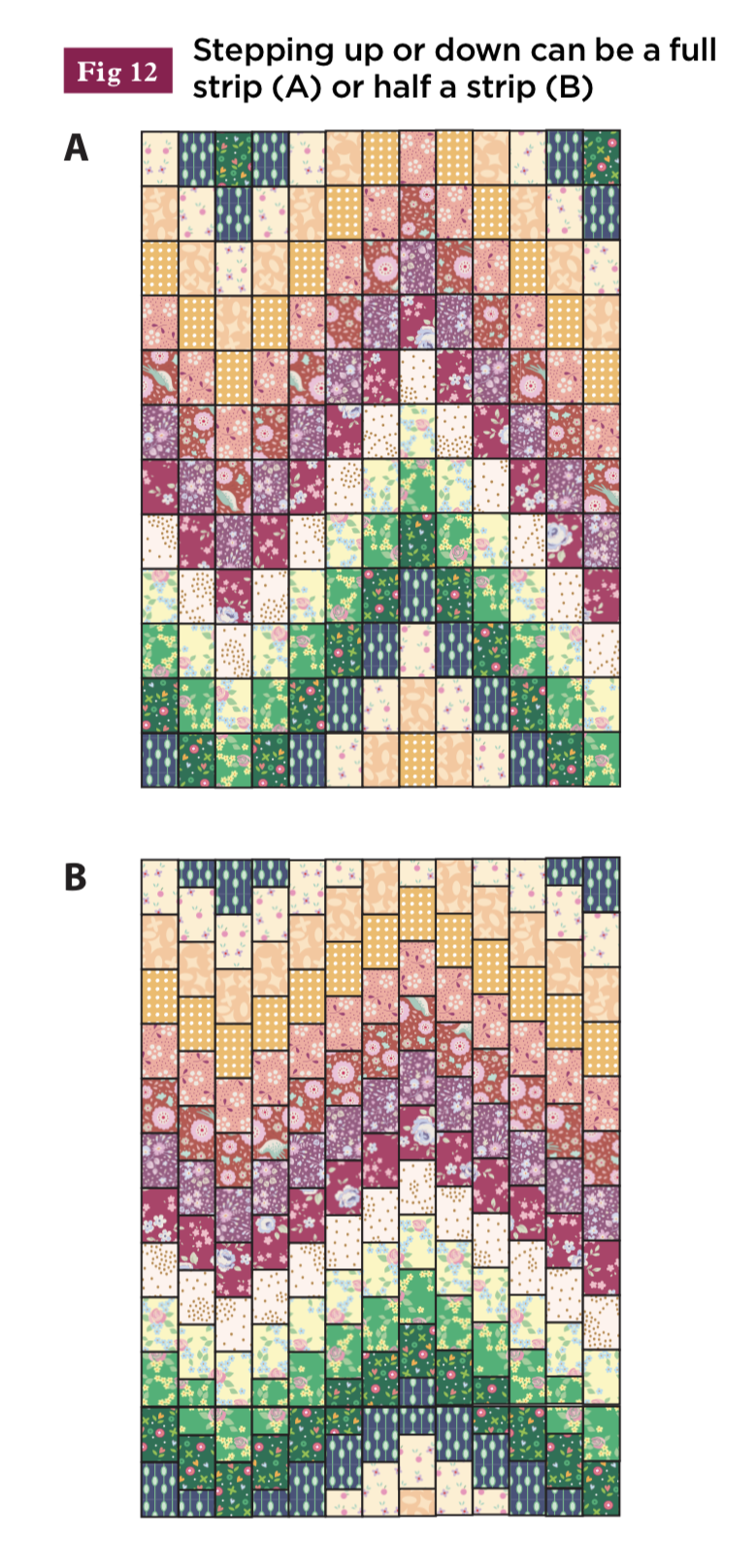
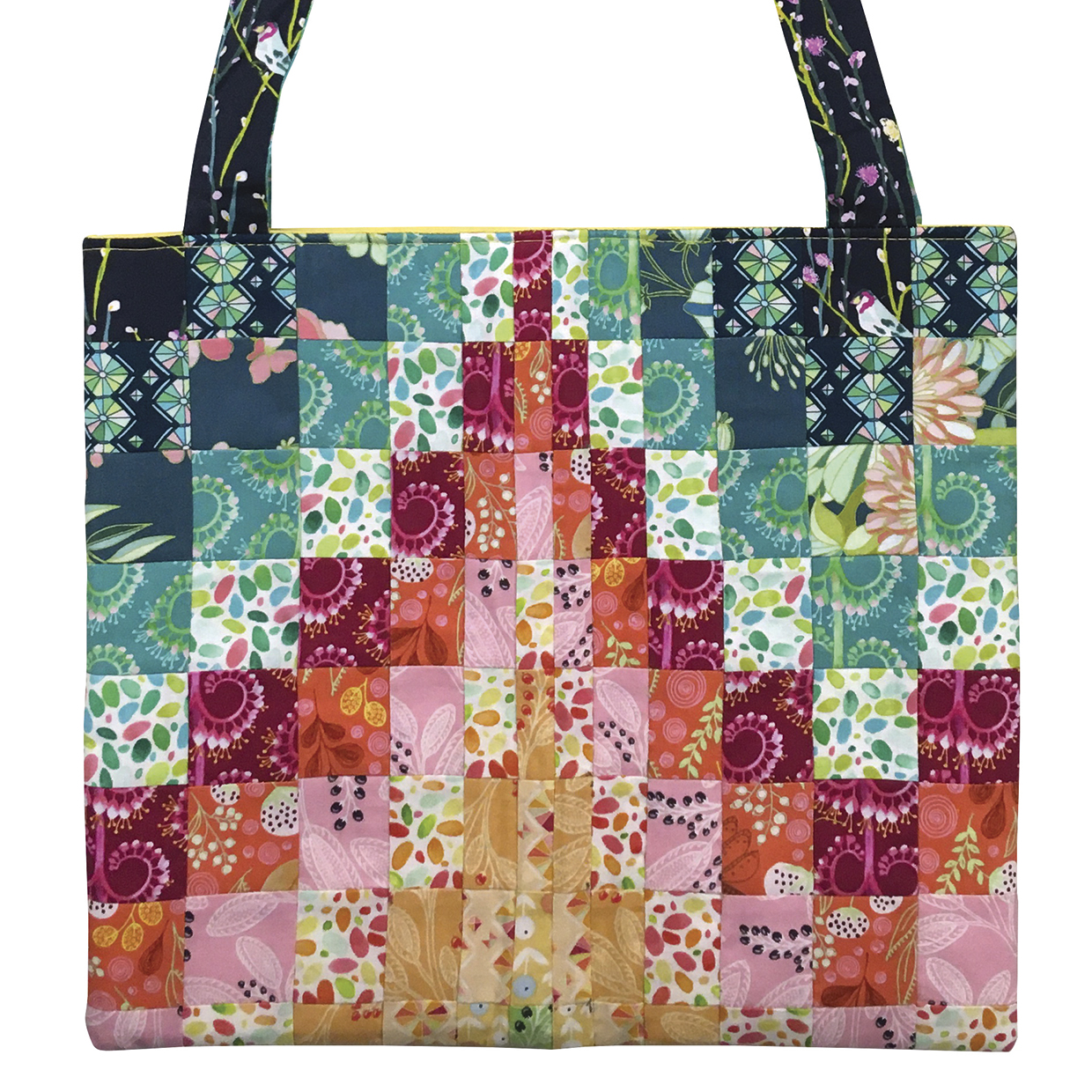
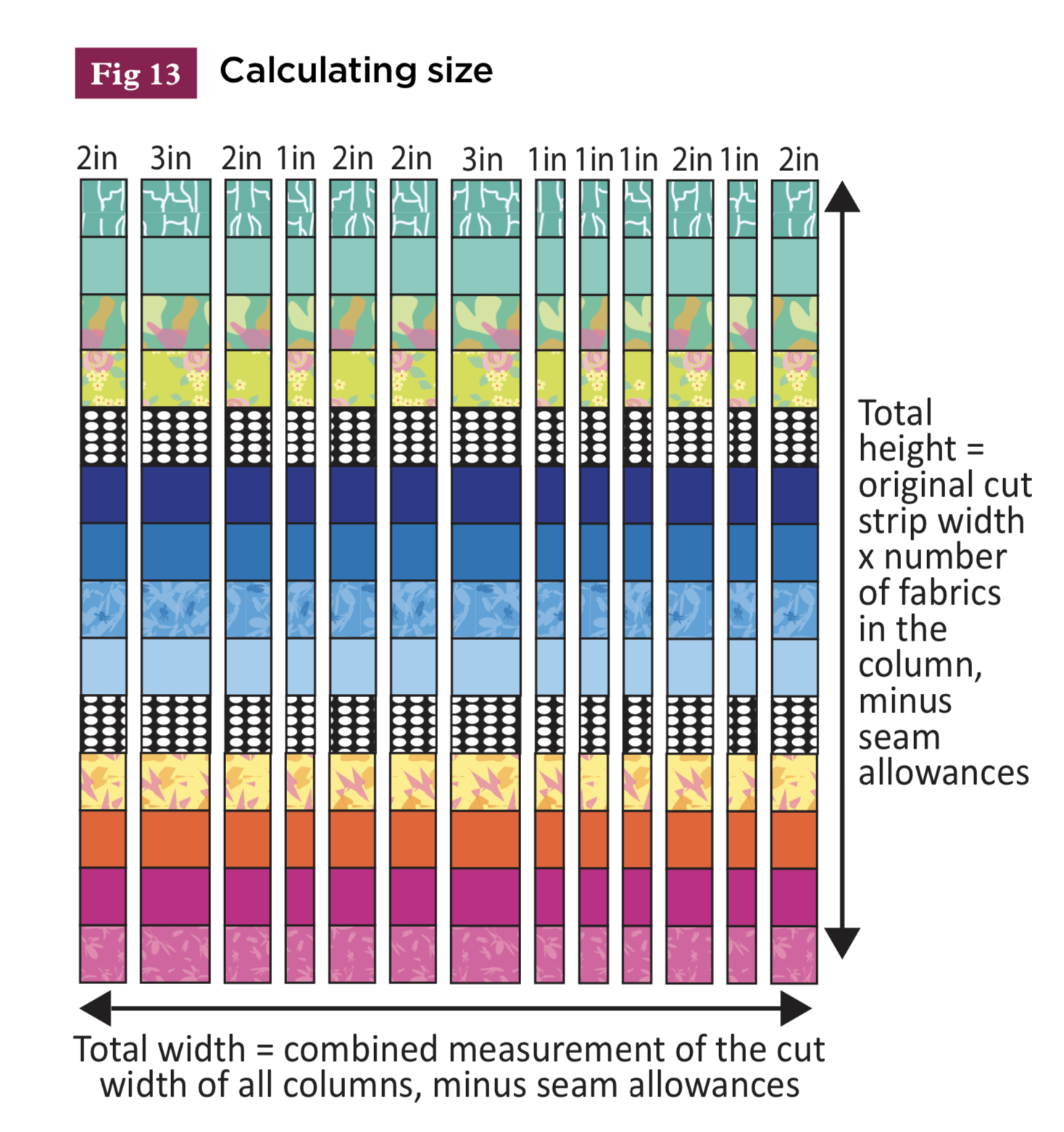


 Beads can also be used as embellishments (below).
Beads can also be used as embellishments (below).
